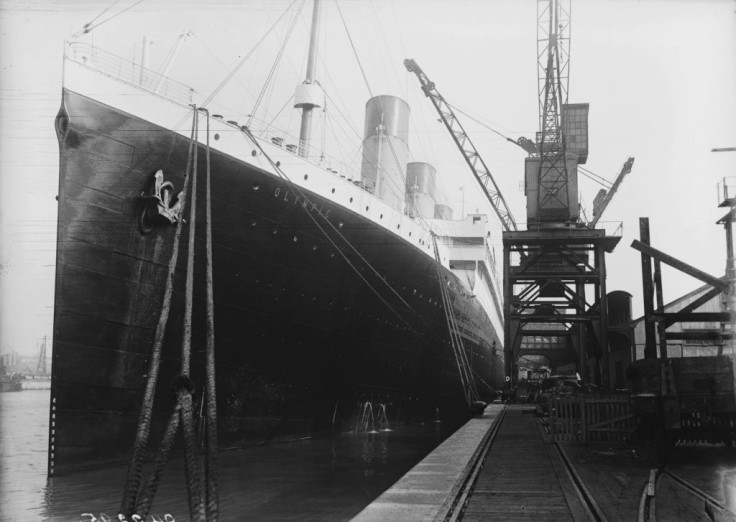New 'Titanic' Documentary Uses 3D Scan to Reveal Heartbreaking Final Hours of the Ship

A new documentary titled "Titanic: The Digital Resurrection" is giving people a closer look at the tragic sinking of the RMS Titanic using the first-ever full-sized 3D scan of the shipwreck.
The film, which premiered on April 11 on National Geographic and is now available to stream on Hulu and Disney+, uses this digital model to uncover new facts about the ship's final hours on April 14, 1912.
The 3D scan was created by Magellan, a deep-sea investigation company. Their team used underwater robots to collect over 700,000 photos and 16 terabytes of data from the wreck, which lies 12,500 feet below the ocean's surface, People said.
The scan captured every part of the Titanic "down to the rivet," helping experts see the ship in more detail than ever before.
One major discovery from the scan was that several of the Titanic's steam boilers were dented inward.
This suggests they were still active when the ship went underwater. Analysts also found a steam valve on the back part of the ship in the open position.
This supports old stories from survivors who said engineers kept working to power the ship's lights and radio systems, giving passengers more time to get into lifeboats.
A first-of-its-kind full-size 3D rendering of the Titanic wreckage has revealed new insights about the ship's final moments. @DavidMuir shares details on the new Nat Geo special and the minute-by-minute timeline the team reconstructed. https://t.co/1dwFtiE973 pic.twitter.com/dchCm23iR2
— World News Tonight (@ABCWorldNews) April 10, 2025
3D Scan Shows Titanic Was Torn Apart, Not Split Cleanly
"They kept the lights and the power working to the end," said Titanic expert Parks Stephenson, "to give the crew time to launch the lifeboats safely with some light instead of in absolute darkness." All 35 engineers reportedly died doing this.
Another detail uncovered by the scan is how the iceberg damaged the ship. It didn't cause one large break but instead made six small tears along the ship's side.
These were spread across six watertight sections, even though the Titanic was only designed to handle flooding in four.
According to Smithsonian Magazine, Naval architect Simon Benson explained, "The difference between Titanic sinking and not sinking are down to the fine margins of holes about the size of a piece of paper."
Although the holes were small, they were enough to let water in slowly, which led to the ship eventually breaking apart and sinking.
The scan also confirmed that the ship didn't split cleanly in half—it was torn apart, damaging even the luxury first-class areas.
Researchers even matched scattered items like watches, shoes, and purses on the seafloor with the people who owned them, helping tell the personal stories of passengers.
Originally published on Enstarz





















